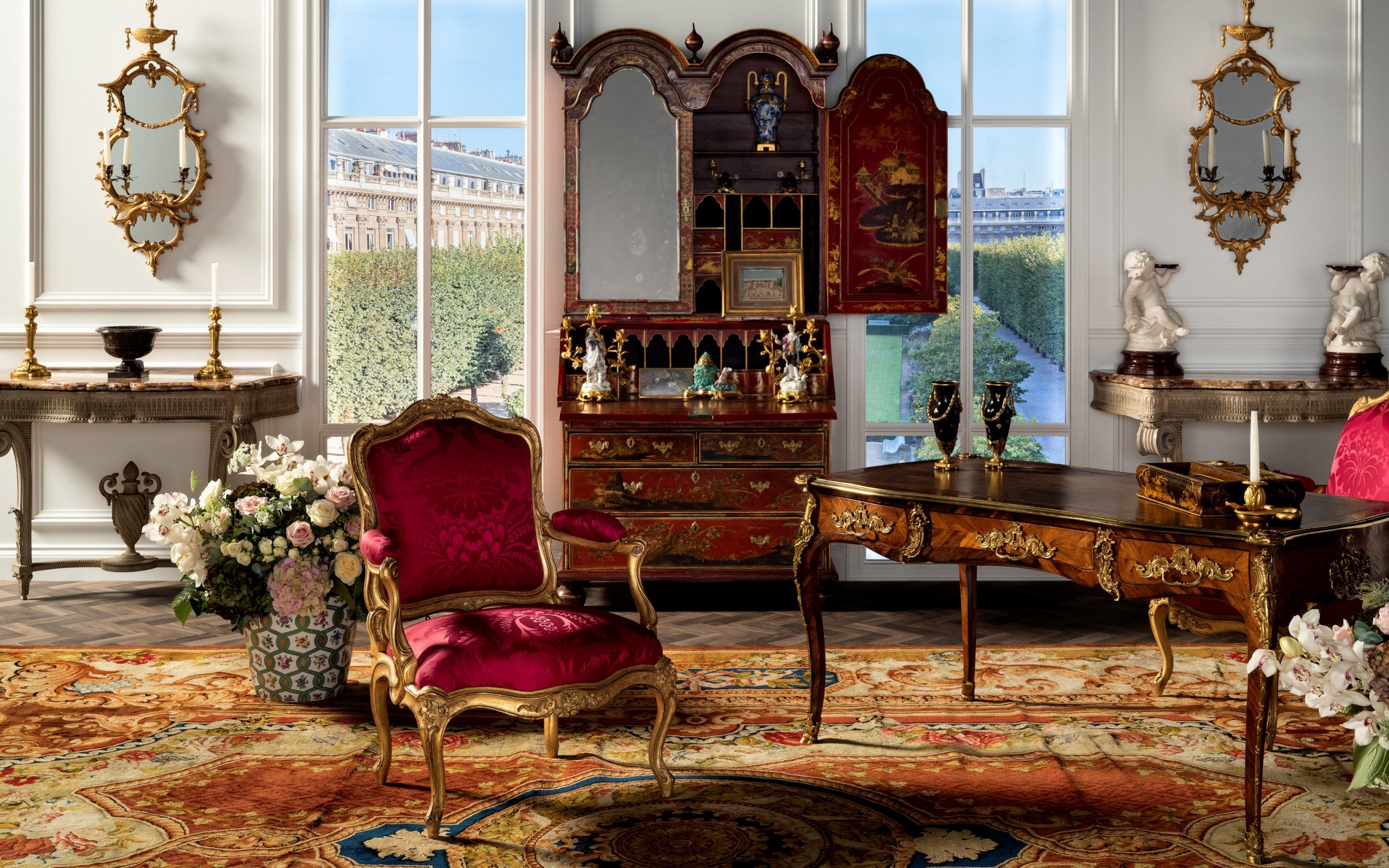

Articles
How Old Is Vintage Furniture
Modified: September 2, 2024
Discover the age of vintage furniture and its timeless charm. Explore a wide range of antique pieces and bring elegance to your space.
(Many of the links in this article redirect to a specific reviewed product. Your purchase of these products through affiliate links helps to generate commission for Storables.com, at no extra cost. Learn more)
Introduction
Welcome to the fascinating world of vintage furniture! In today’s fast-paced and ever-changing world, embracing the charm and character of bygone eras has become increasingly popular. Vintage furniture offers a unique and timeless appeal that sets it apart from mass-produced modern pieces. Whether you are a collector, an enthusiast, or simply someone looking to add a touch of nostalgia to your living space, understanding the world of vintage furniture is essential.
But what exactly is vintage furniture? How can you determine its age and authenticity? And what are the different styles and types of vintage furniture that you can explore? In this article, we will delve into the captivating realm of vintage furniture, providing you with insight into its history, identifying features, and tips for collecting and caring for these cherished pieces.
Firstly, let’s define vintage furniture. Vintage furniture refers to pieces that are at least 20-100 years old, depending on the industry and the item in question. These unique artifacts have stood the test of time and carry a sense of history, craftsmanship, and character that embodies the spirit of their era. From mid-century modern to art deco, Victorian to Scandinavian, vintage furniture spans a wide range of styles, each with its own distinct characteristics.
Several factors come into play when determining the age of vintage furniture. These include the materials used, construction techniques, design aesthetics, and hallmarks or labels present. By examining these elements, experts can pinpoint the era in which a piece was created, providing valuable insights into its origin and historical significance.
Key Takeaways:
- Embrace the timeless charm of vintage furniture, spanning styles from Victorian opulence to mid-century modern simplicity. Carefully examine construction, materials, and design to identify and appreciate the historical significance of each piece.
- Collecting and investing in vintage furniture is a passion-driven endeavor. Educate yourself, seek originality, and focus on quality to build a valuable and personally meaningful collection. Care for your vintage pieces to preserve their beauty and integrity for years to come.
Read more: How To Identify Vintage Wicker Furniture
What is Vintage Furniture?
Vintage furniture is a term used to describe furniture pieces that are considered to be of a certain age or era. While there is some variation in the definition, vintage furniture generally refers to items that are between 20 and 100 years old. These pieces are valued for their historical significance, craftsmanship, and unique design.
One of the defining characteristics of vintage furniture is its age. While antique furniture is typically considered to be over 100 years old, vintage furniture falls into a more recent time period. This allows for a wider range of styles and influences, as it encompasses various design movements and trends.
Another important aspect of vintage furniture is its authenticity. Genuine vintage furniture is not a replica or reproduction; it is an original piece from the era in which it was created. This distinction adds to the appeal and value of vintage furniture, as it carries with it a sense of authenticity and history.
Vintage furniture can represent a wide range of styles, each with its own unique characteristics. From the sleek lines and minimalist aesthetic of mid-century modern furniture to the ornate detailing and opulence of Victorian pieces, vintage furniture offers a diverse array of options for collectors and enthusiasts.
Additionally, vintage furniture often showcases the craftsmanship and quality of materials that were prevalent during its era of production. From hand-carved details to solid wood construction, vintage furniture is typically made with meticulous attention to detail and durable materials, resulting in pieces that can withstand the test of time.
It’s important to note that vintage furniture is not just limited to larger pieces like sofas, tables, and chairs. It can also include smaller items such as lighting fixtures, decorative accessories, and even vintage appliances.
Overall, vintage furniture is more than just furniture; it is a window into the past. It allows us to appreciate the design sensibilities, craftsmanship, and artistry of bygone eras. Whether you’re seeking to add a touch of nostalgia to your home or you’re a collector in search of unique and rare pieces, vintage furniture offers a world of beauty and history to explore.
Factors that Determine the Age of Vintage Furniture
When examining vintage furniture, there are several factors to consider in order to determine its age and authenticity. These factors can provide valuable insights into the historical context and production era of the piece. Let’s explore some of the key elements that experts look for:
- Construction Techniques: The methods used to construct furniture can vary by time period. Different joinery techniques, such as dovetail joints, mortise and tenon joints, and tongue and groove joints, were popular during different eras. Examining these construction techniques can provide clues about the age of the furniture.
- Materials Used: The types of materials used in vintage furniture can also indicate its age. For example, in the mid-20th century, there was a shift towards using synthetic materials like plastic and fiberglass in furniture design. In contrast, earlier periods often utilized solid wood, particularly hardwoods like oak or mahogany.
- Design Aesthetics: Each era has its own distinctive design aesthetic. From the sleek lines of the Art Deco movement to the curvaceous forms of the Rococo Revival style, the design elements present in vintage furniture can offer valuable information about its age and origin.
- Hardware and Decorative Details: The hardware and decorative elements used on vintage furniture can be helpful in determining its age. Drawer pulls, hinges, and other hardware pieces often have specific designs that were popular during certain periods. Additionally, decorative details such as carvings or inlays may be indicative of specific design movements or craftsmanship techniques.
- Labels and Hallmarks: Many vintage furniture pieces feature labels or hallmarks that can be used to identify their age and manufacturer. These labels may be found on the underside of drawers, on the back of chairs, or on the underside of the piece itself. Researching and identifying these labels can provide valuable information about the piece’s origins.
In addition to these factors, it’s important to consult reputable sources, reference books, and expert opinions when determining the age of vintage furniture. Online resources, antique dealers, and furniture historians can offer valuable guidance and insights into specific periods, styles, and identifying features.
By carefully examining the construction techniques, materials, design aesthetics, hardware, and labels, you can gain a better understanding of the age and authenticity of vintage furniture. This knowledge not only adds value to your collection but also allows you to appreciate the historical significance and craftsmanship of these cherished pieces.
Styles of Vintage Furniture by Era
Vintage furniture encompasses a wide range of styles, each representing a specific era and design movement. Understanding the different styles can help you identify and appreciate the unique characteristics of vintage furniture. Let’s explore some of the key styles by era:
- Victorian (1837-1901): Victorian furniture is known for its ornate details, dark woods, and lavish upholstery. Carved wooden elements, such as scrollwork and floral motifs, are common in Victorian pieces. Furniture from this era often features rich upholstery fabrics, such as velvet and brocade.
- Art Nouveau (1890-1910): Art Nouveau furniture is characterized by its organic and flowing forms. Inspired by nature, this style incorporates curved lines, floral motifs, and intricate carvings. Art Nouveau furniture often features materials like stained glass, inlays, and exotic woods.
- Art Deco (1920s-1930s): Art Deco furniture reflects the sleek and glamorous style of the 1920s and 1930s. This style is characterized by bold geometric shapes, clean lines, and luxurious materials like chrome, mirrored surfaces, and exotic woods. Art Deco furniture exudes a sense of elegance and opulence.
- Mid-Century Modern (1940s-1960s): Mid-century modern furniture is characterized by its simple and functional design. This style emphasizes clean lines, organic shapes, and minimal ornamentation. Materials like molded plywood, fiberglass, and plastic were popular during this period. Mid-century modern furniture often features iconic designs by renowned designers like Charles and Ray Eames and Eero Saarinen.
- Scandinavian (1950s-1970s): Scandinavian furniture is known for its simplicity, functionality, and blend of form and function. Light-colored woods, such as birch and teak, are often used, along with clean lines and minimalist designs. Scandinavian furniture is valued for its craftsmanship and timeless appeal.
- Industrial (Late 19th century-present): Industrial-style furniture emerged from the utilitarian aesthetic of factories and warehouses. This style incorporates raw materials like steel, metal, and reclaimed wood. Industrial furniture often features exposed hardware, distressed finishes, and a rustic, rugged look.
These are just a few examples of the many styles of vintage furniture that exist. Each style carries its own unique characteristics and design elements, showcasing the creativity and innovation of its respective era. Exploring these different styles allows you to appreciate the diverse range of vintage furniture and find the style that resonates with your taste and aesthetic preferences.
Whether you’re drawn to the ornate and luxurious details of Victorian furniture or prefer the sleek and minimalist designs of mid-century modern pieces, vintage furniture offers something for everyone. Investing in vintage furniture allows you to bring a touch of history, craftsmanship, and timeless beauty into your home.
How to Identify Vintage Furniture
Identifying vintage furniture requires a keen eye and attention to detail. By examining certain characteristics and using various resources, you can determine the authenticity and age of a piece. Here are some tips to help you identify vintage furniture:
- Research and Education: Familiarize yourself with different furniture styles, design movements, and historical periods. Books, online resources, and visiting museums or antique shops can provide valuable information and examples for comparison.
- Examine Construction Techniques: Look closely at the construction of the furniture. Vintage pieces often use traditional joinery techniques like dovetail joints, mortise and tenon joints, and tongue and groove joints. The absence of modern construction methods like screws and glue can indicate that a piece is older.
- Inspect Materials and Quality: Vintage furniture typically utilizes high-quality materials such as solid wood and genuine leather. Look for signs of wear and patina that may indicate age. In contrast, modern pieces may use particleboard, laminate, or synthetic materials.
- Study the Design Aesthetics: Each era has distinct design elements and aesthetics. Pay attention to the overall style, decorative details, and shape of the furniture. Use reference materials to identify specific design features associated with different time periods.
- Check for Labels and Marks: Labels, marks, and signatures can provide valuable information about the manufacturer and era of the furniture. Look for marks on the underside of drawers, the back of chairs, or the underside of the piece itself. Research these marks to gain insights into the piece’s origin.
- Consider Patina and Wear: Vintage furniture often develops a natural patina over time. This can include signs of wear, scratches, or discoloration that add to its charm and authenticity. Look for these age-related characteristics, as they can indicate that a piece is genuinely vintage.
- Consult Professionals: When in doubt, seek expert opinions from antique dealers, furniture historians, or appraisers. They can provide valuable insights and authenticate the age and value of a piece based on their expertise and experience.
Remember, identifying vintage furniture is a skill that develops with time and practice. Engaging in thorough research, examining construction techniques and materials, studying design aesthetics, and seeking professional guidance can all contribute to your ability to identify and appreciate vintage furniture.
By honing your knowledge and observation skills, you can confidently navigate the world of vintage furniture and curate a collection that reflects your taste and love for these cherished, timeless pieces.
When determining the age of vintage furniture, look for specific design elements and materials that were popular during certain time periods. Additionally, research the manufacturer’s markings or labels to help pinpoint the age of the piece.
Read more: 20 Best Vintage Furniture to Decorate With
Popular Types of Vintage Furniture
Vintage furniture offers a wide range of options, with each type possessing its own unique characteristics and design elements. Whether you’re a collector or someone looking to add a touch of nostalgia to your space, here are some popular types of vintage furniture to consider:
- Mid-Century Modern: Mid-century modern furniture is renowned for its clean lines, organic shapes, and minimalist design. Iconic pieces from this era include the Eames Lounge Chair, the Noguchi Coffee Table, and the Tulip Dining Table. This style became popular in the 1950s and continues to be sought after for its timeless appeal.
- Art Deco: Art Deco furniture emerged in the 1920s and 1930s. It showcases bold geometric shapes, mirrored surfaces, and luxurious materials like chrome, glass, and exotic woods. Art Deco pieces often feature streamlined designs with intricate detailing, making a statement in any interior.
- Victorian: Victorian furniture, popular during the 19th century, is characterized by its ornate and detailed craftsmanship. Elaborate carvings, rich upholstery, and dark woods like mahogany or walnut are typical of this style. Victorian furniture adds a touch of elegance and old-world charm to any space.
- Mission: Mission-style furniture originated in the late 19th century as part of the Arts and Crafts movement. Known for its simplicity and functionality, mission furniture features straight lines, sturdy construction, and often showcases the beauty of natural wood. It adds a warm and rustic touch to any room.
- Industrial: Industrial-style furniture draws inspiration from factories, warehouses, and industrial spaces. It features raw materials like metal, steel, and reclaimed wood. Industrial furniture often boasts a rugged and utilitarian aesthetic, with exposed hardware and distressed finishes. It brings a unique and edgy vibe to contemporary interiors.
- Scandinavian: Scandinavian furniture is known for its minimalist designs, light-colored woods, and functional approach. Originating in the mid-20th century, this style embraces simplicity, clean lines, and natural materials. Scandinavian furniture is highly versatile and fits well in modern, Nordic-inspired interiors.
- French Provincial: French Provincial furniture showcases elegance and romance, influenced by the styles popular in the French countryside. This style features curved lines, distressed finishes, and ornate detailing. French Provincial furniture adds a touch of sophistication and classic charm to any room.
These are just a few examples of the popular types of vintage furniture available. Each type carries its own aesthetic and historical significance, allowing you to select pieces that resonate with your personal style and preference.
Whether you’re drawn to the clean lines of mid-century modern or the ornate charm of Victorian furniture, exploring different types of vintage furniture allows you to curate a unique and eclectic collection that tells a story of its own. Let your taste and imagination guide you as you discover the beauty and character of vintage furniture.
Collecting and Investing in Vintage Furniture
Collecting and investing in vintage furniture can be a rewarding and fulfilling experience. Not only does it allow you to appreciate the craftsmanship and history of these pieces, but it can also be a potentially lucrative venture. Here are some tips to consider when collecting and investing in vintage furniture:
- Educate Yourself: Learn about different furniture styles, designers, and historical periods. Understanding the market value and demand for specific pieces can help you make informed buying decisions and recognize valuable finds.
- Research the Market: Stay up-to-date with trends and market conditions in the vintage furniture industry. Follow auction houses, vintage furniture dealers, and online marketplaces to gain insights into pricing, demand, and current offerings.
- Focus on Quality: Look for well-crafted and high-quality pieces that have stood the test of time. Furniture made from solid wood, with intricate details and in good condition, tends to hold its value better and appeal to collectors.
- Seek Originality and Authenticity: Look for pieces that are truly vintage and not reproductions. Original vintage furniture carries more value and historical significance. Check for labels, marks, or signatures that verify the authenticity and origin of the piece.
- Consider Condition: While it’s ideal to find vintage furniture in excellent condition, restoring slightly damaged or worn pieces can also be a viable option. However, be cautious about extensive repairs or alterations that may negatively affect the value.
- Networking and Collaboration: Connect with fellow vintage furniture enthusiasts, dealers, and collectors. Attend antique fairs, exhibitions, or join online communities to gain insights, exchange information, and potentially discover hidden gems.
- Long-Term Investment: Although vintage furniture can be a great investment, it’s essential to view it as a long-term endeavor. The value of certain pieces may appreciate over time, but it might take years or even decades to realize a significant return on investment.
- Proper Storage and Maintenance: Ensure that your vintage furniture is stored and displayed appropriately to maintain its condition and value. Take proper care of the pieces, protect them from excessive sunlight, humidity, and temperature fluctuations.
- Invest in Iconic and Timeless Pieces: Consider investing in iconic designer pieces or furniture from notable periods, as these tend to have lasting appeal and value. Look for pieces that are sought after by collectors and have a proven track record of increasing in value.
- Follow Your Passion: Ultimately, collecting vintage furniture should be a passion-driven endeavor. Collect pieces that you genuinely love and appreciate, as this will make your collection more rewarding and enjoyable.
Remember, collecting and investing in vintage furniture requires a combination of knowledge, research, intuition, and a love for these timeless pieces. By honing your expertise, being mindful of market trends, and following your passion, you can build a collection of valuable and personally meaningful vintage furniture.
As with any investment, it’s advisable to consult with professional appraisers or experts for specific guidance and advice based on your individual circumstances and goals. Happy collecting and investing!
Caring for Vintage Furniture
Vintage furniture requires special care to preserve its beauty, integrity, and longevity. Proper maintenance and handling will help ensure that these cherished pieces continue to be enjoyed for years to come. Here are some tips for caring for vintage furniture:
- Regular Cleaning: Dust your vintage furniture regularly with a soft, lint-free cloth or a soft-bristle brush. Avoid using harsh chemicals or abrasive cleaners, as they can damage the finish and patina. Instead, use a mild soap and water solution to gently clean any dirt or grime.
- Protect from Sunlight: Direct sunlight can fade and damage vintage furniture over time. Place your pieces away from windows or use curtains, blinds, or UV-protective window film to shield them from excessive sunlight. Rotate and reposition furniture periodically to ensure even exposure.
- Control Humidity and Temperature: Fluctuating humidity and extreme temperatures can cause wood to expand and contract, resulting in cracks or warping. Maintain a stable environment by using humidifiers or dehumidifiers, if necessary, and avoid placing furniture near heating or cooling vents.
- Use Protective Pads and Covers: Place coasters, placemats, or cloth under objects to prevent scratches or water rings. Use felt pads on the feet of furniture to protect floors from scuffs. Consider covering vintage furniture with breathable covers or cloths when not in use to protect them from dust and accidental spills.
- Avoid Excessive Weight: Vintage furniture may not be designed to support heavy loads or excessive weight. Avoid overloading drawers and cabinets, and use caution when sitting or placing heavy objects on delicate surfaces.
- Handle with Care: When moving or repositioning vintage furniture, lift and carry it with the help of another person. Avoid dragging or sliding the piece, as this can damage the legs or joints. Protect delicate areas, such as carved details or fragile upholstery, by using padded gloves or cloth.
- Address Repairs and Restoration: If your vintage furniture requires repairs or restoration, consult a professional with experience in handling antique or vintage pieces. Avoid attempting complex repairs or refinishing on your own, as improper techniques can diminish the value or integrity of the piece.
- Store Appropriately: If you need to store vintage furniture, choose a climate-controlled storage area to protect it from extreme temperature and humidity changes. Clean and cover the furniture with breathable materials, such as cotton sheets or blankets, and elevate it off the ground to prevent moisture damage.
- Regular Inspections: Routinely inspect your vintage furniture for signs of wear, loose joints, or damage. Address any issues promptly to prevent further deterioration. Consult a professional if you notice significant damage or concerns about the integrity of a piece.
- Professional Maintenance: Consider having your vintage furniture professionally cleaned or restored by experts who specialize in working with antique or vintage pieces. They can help preserve and enhance the beauty and value of the furniture while ensuring proper care and techniques are used.
By following these care tips, you can protect your vintage furniture and maintain its original charm and quality. Remember to treat each piece with respect and handle it gently to preserve its integrity. With proper care and attention, your vintage furniture will continue to be a source of pride and enjoyment in your home.
Conclusion
Vintage furniture offers a captivating journey into the past, allowing us to appreciate the craftsmanship, design aesthetics, and historical significance of bygone eras. Whether you’re a collector, an enthusiast, or someone looking to add character and charm to your living space, understanding the world of vintage furniture is both enriching and rewarding.
From the ornate details of Victorian furniture to the clean lines of mid-century modern pieces, vintage furniture comes in a wide range of styles, each with its own unique appeal. By exploring different eras and design movements, you can curate a collection that reflects your personal taste and love for these timeless pieces.
Identifying vintage furniture requires careful examination of construction techniques, materials, design aesthetics, and authenticity. By honing your knowledge and observation skills, you can confidently determine the age and origin of a piece, adding value and historical context to your collection.
Collecting and investing in vintage furniture can be an enjoyable and potentially lucrative endeavor. Educating yourself about different furniture styles, market trends, and networking with experts and fellow collectors can guide you in making informed decisions and finding valuable finds.
Caring for vintage furniture is essential to preserve its beauty and integrity. Regular cleaning, protection from sunlight and humidity, gentle handling, and timely repairs are crucial for maintaining these cherished pieces. By following proper care techniques, you can prolong the lifespan and enjoyment of your vintage furniture.
In conclusion, vintage furniture brings a unique and timeless charm to any space. It allows us to appreciate the craftsmanship, artistry, and history of past eras, while also offering the opportunity to create a collection that reflects our own personal style and taste. So, whether you’re exploring antique shops, attending auctions, or inheriting heirloom pieces, embrace the beauty and allure of vintage furniture.
Frequently Asked Questions about How Old Is Vintage Furniture
Was this page helpful?
At Storables.com, we guarantee accurate and reliable information. Our content, validated by Expert Board Contributors, is crafted following stringent Editorial Policies. We're committed to providing you with well-researched, expert-backed insights for all your informational needs.
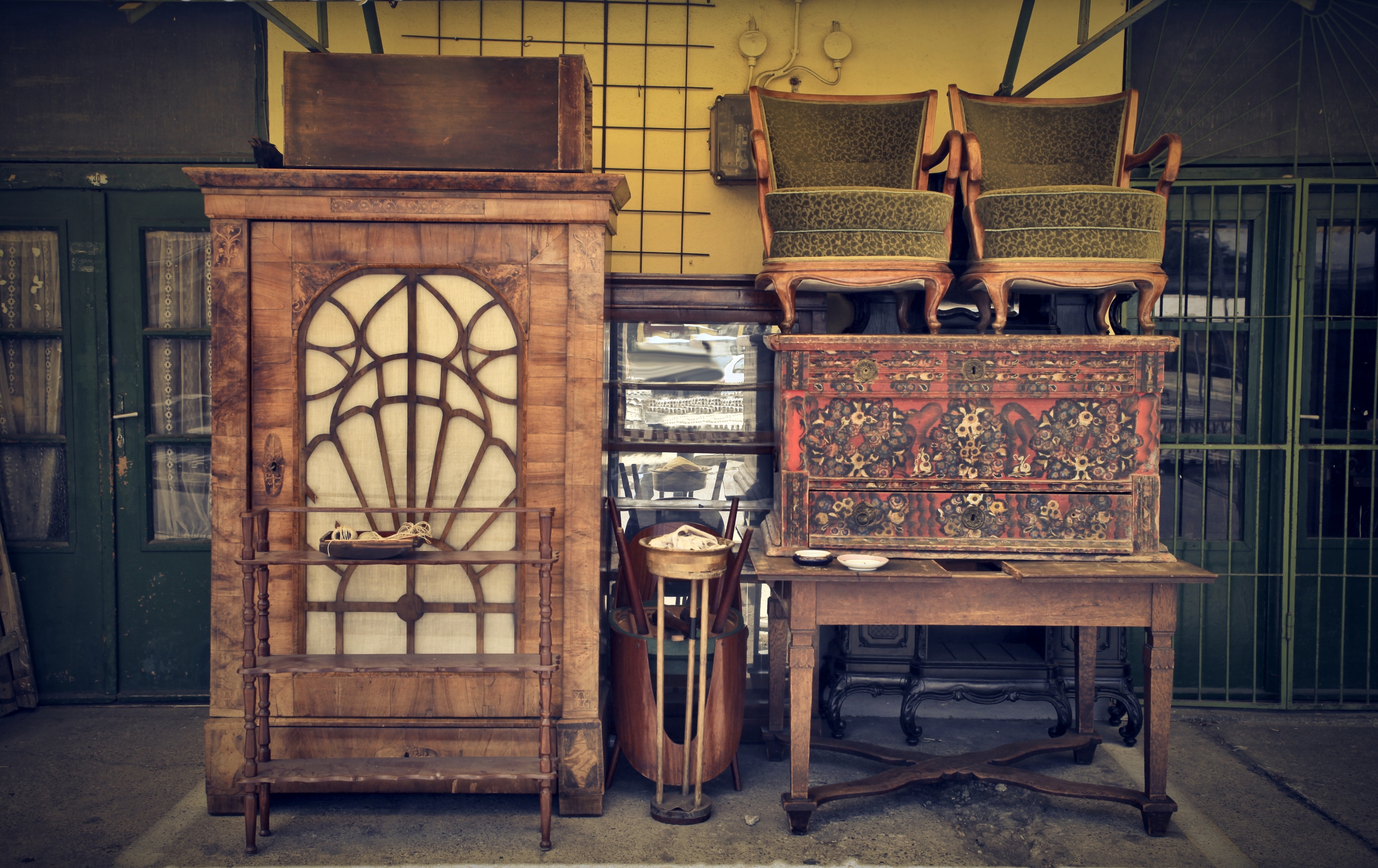
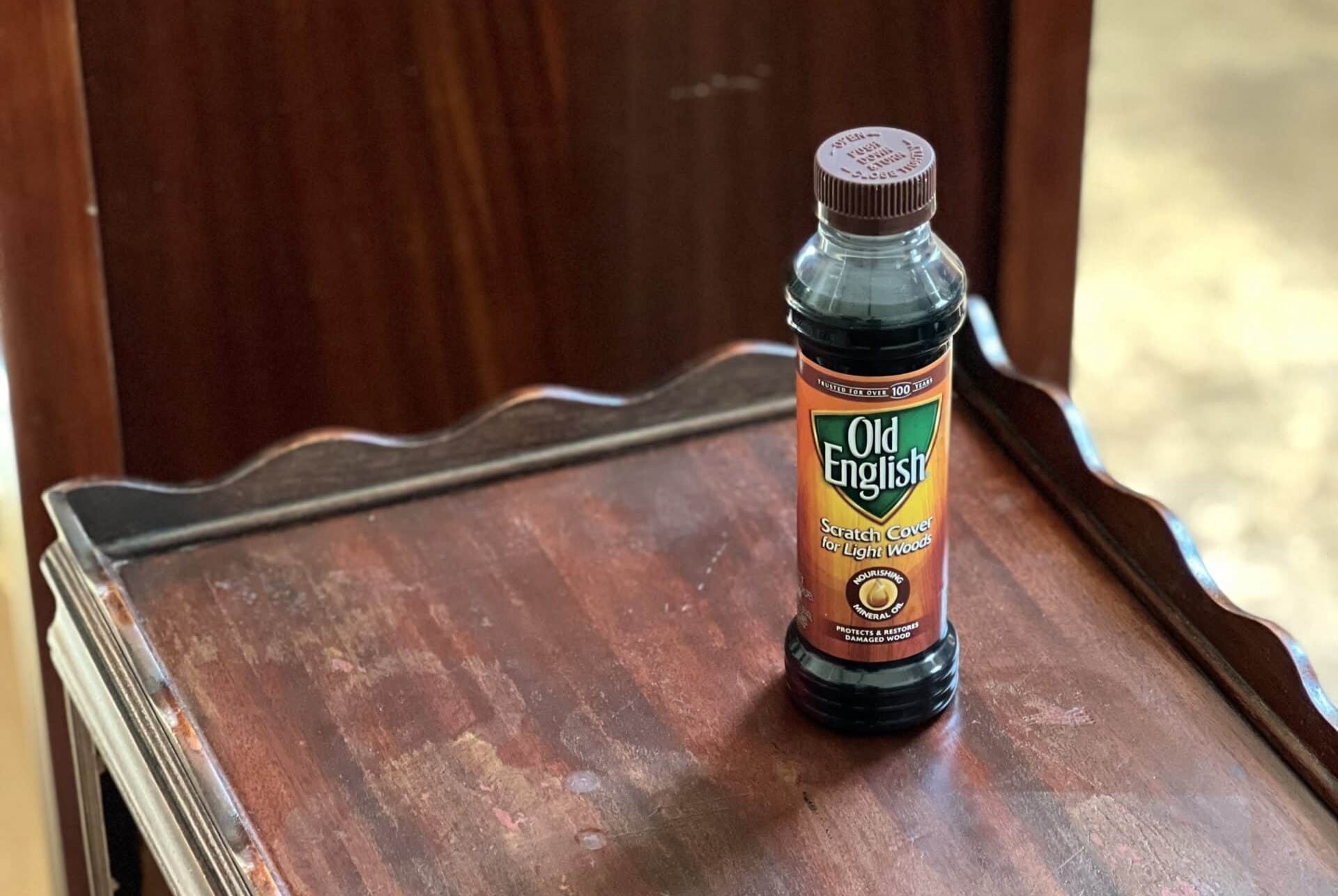
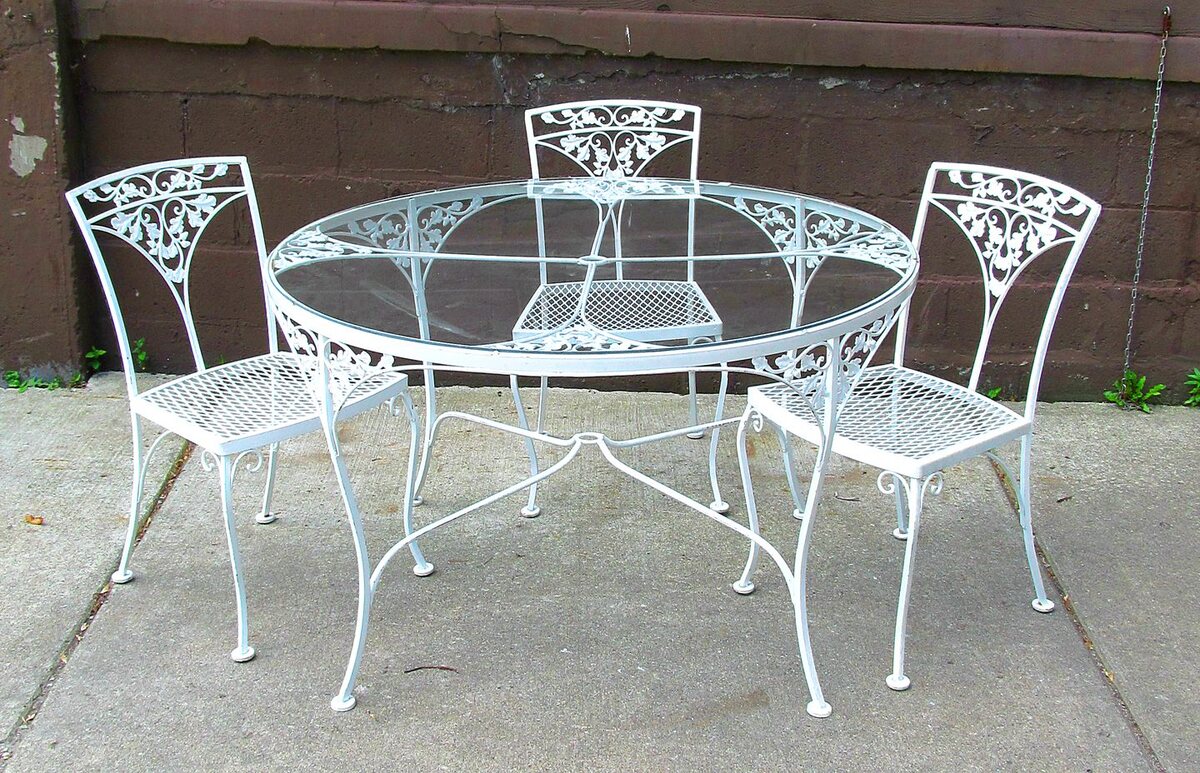
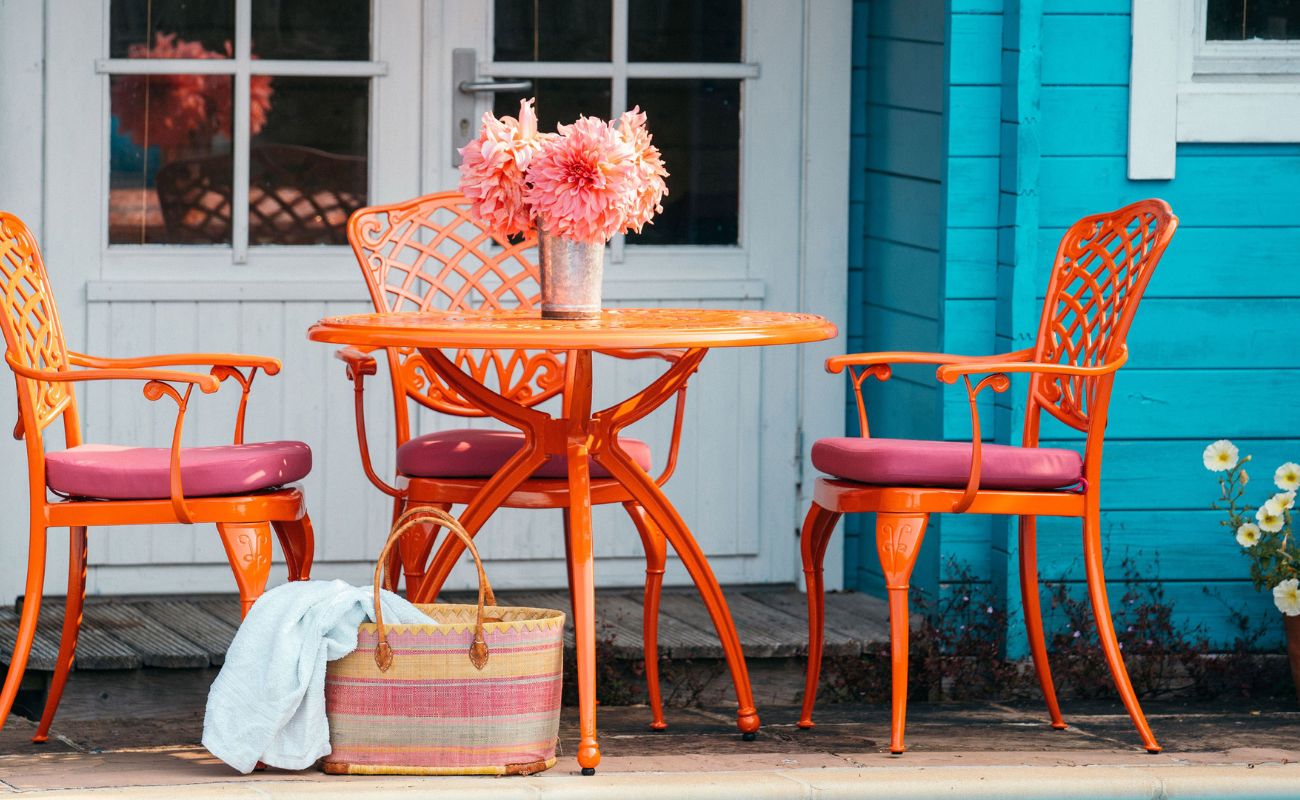

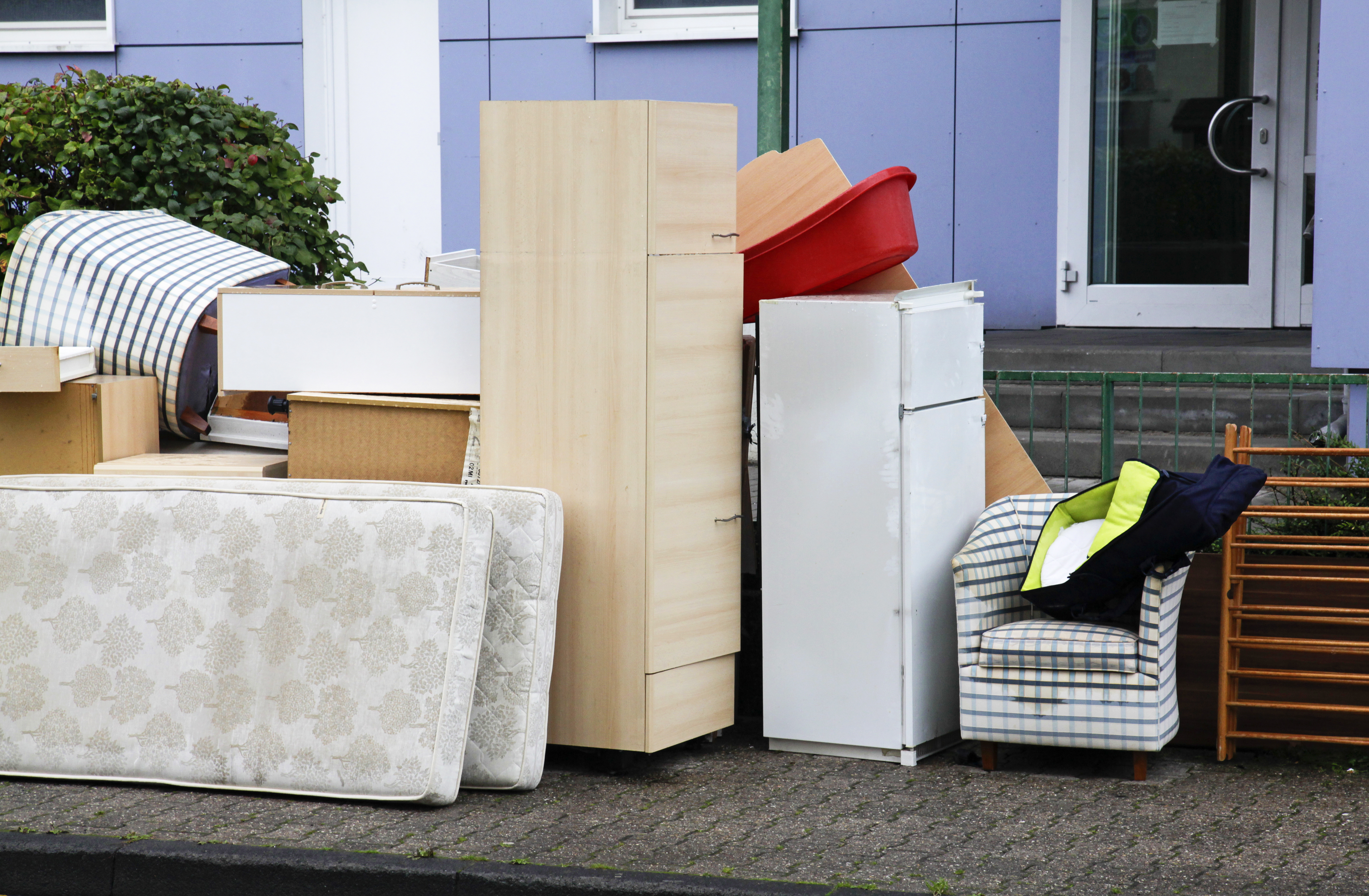
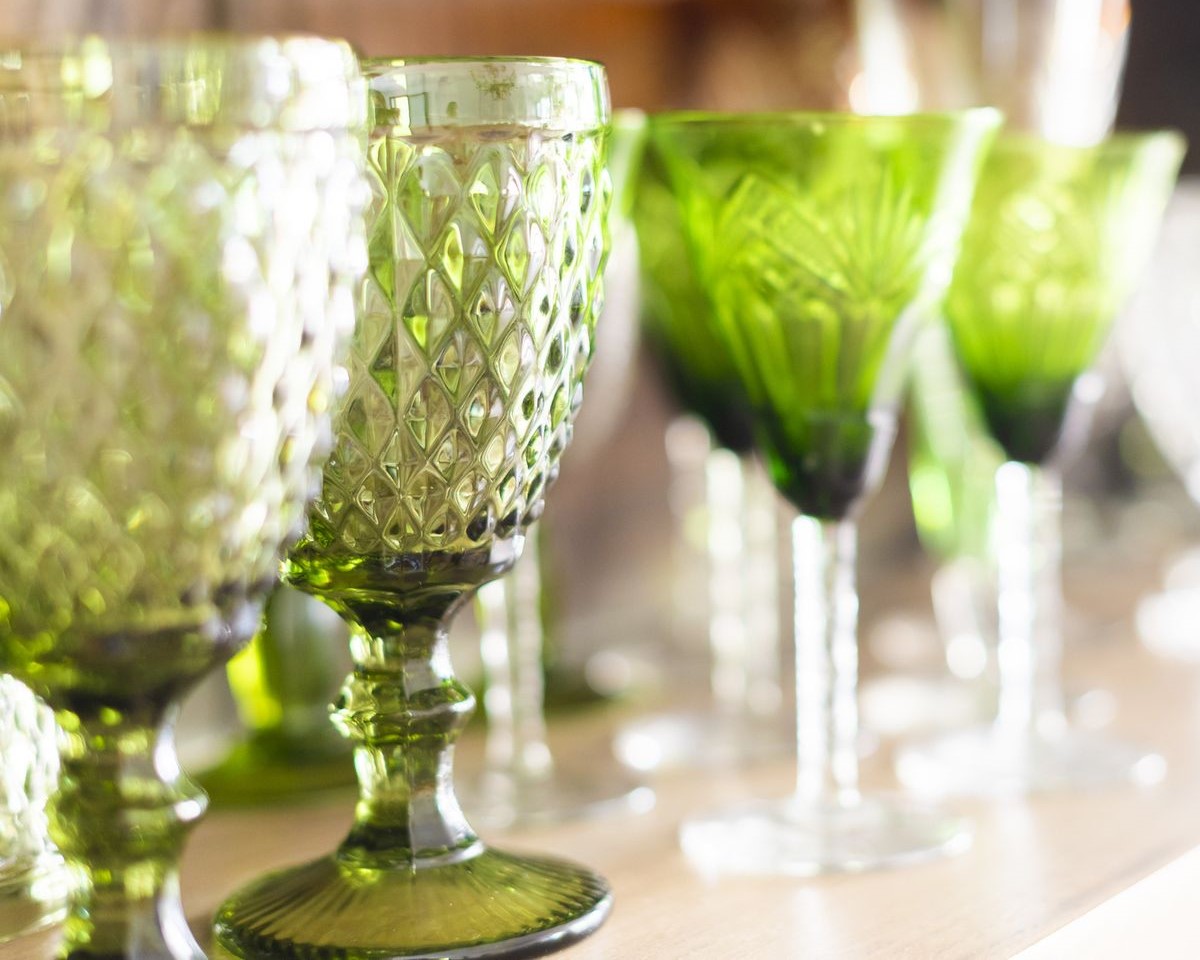
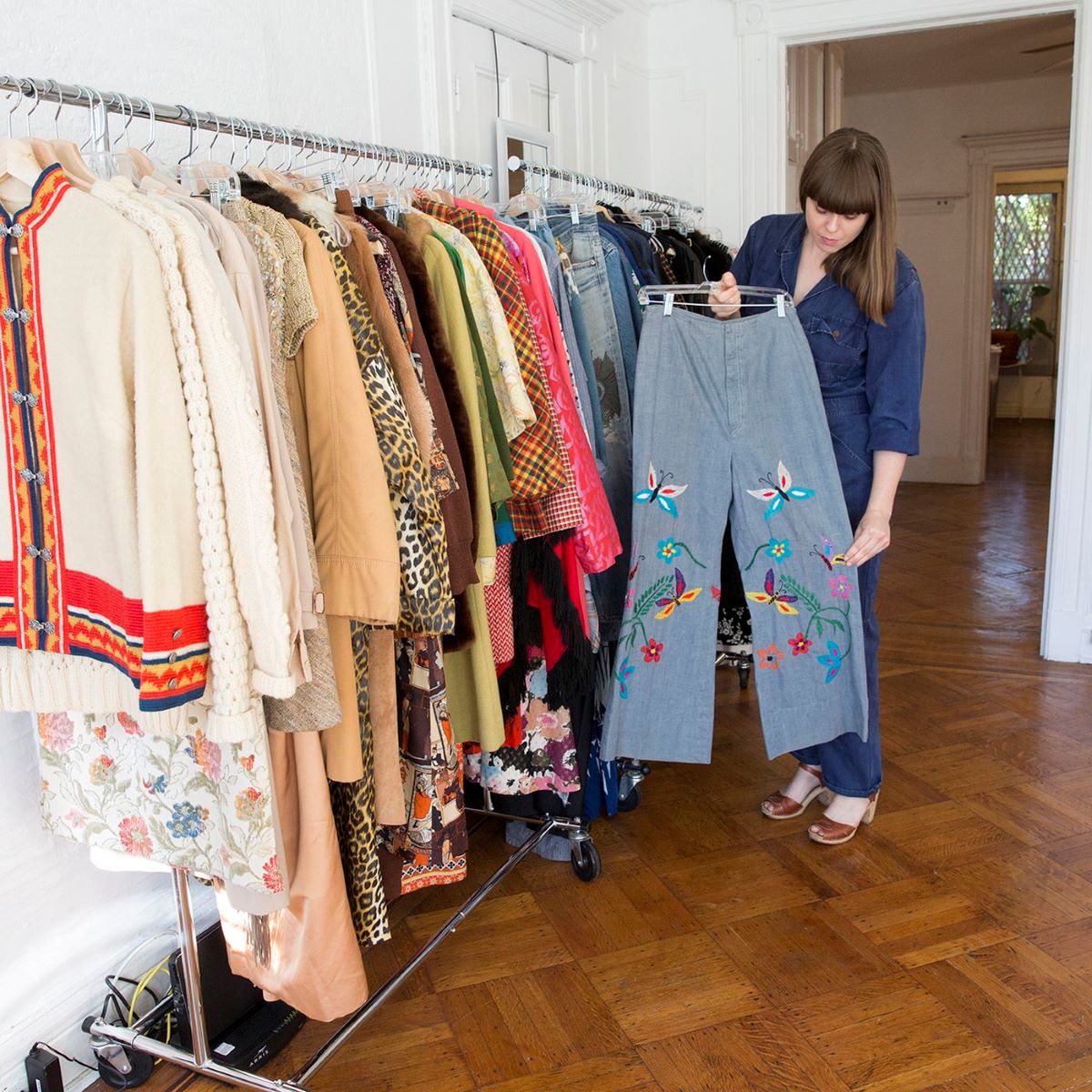
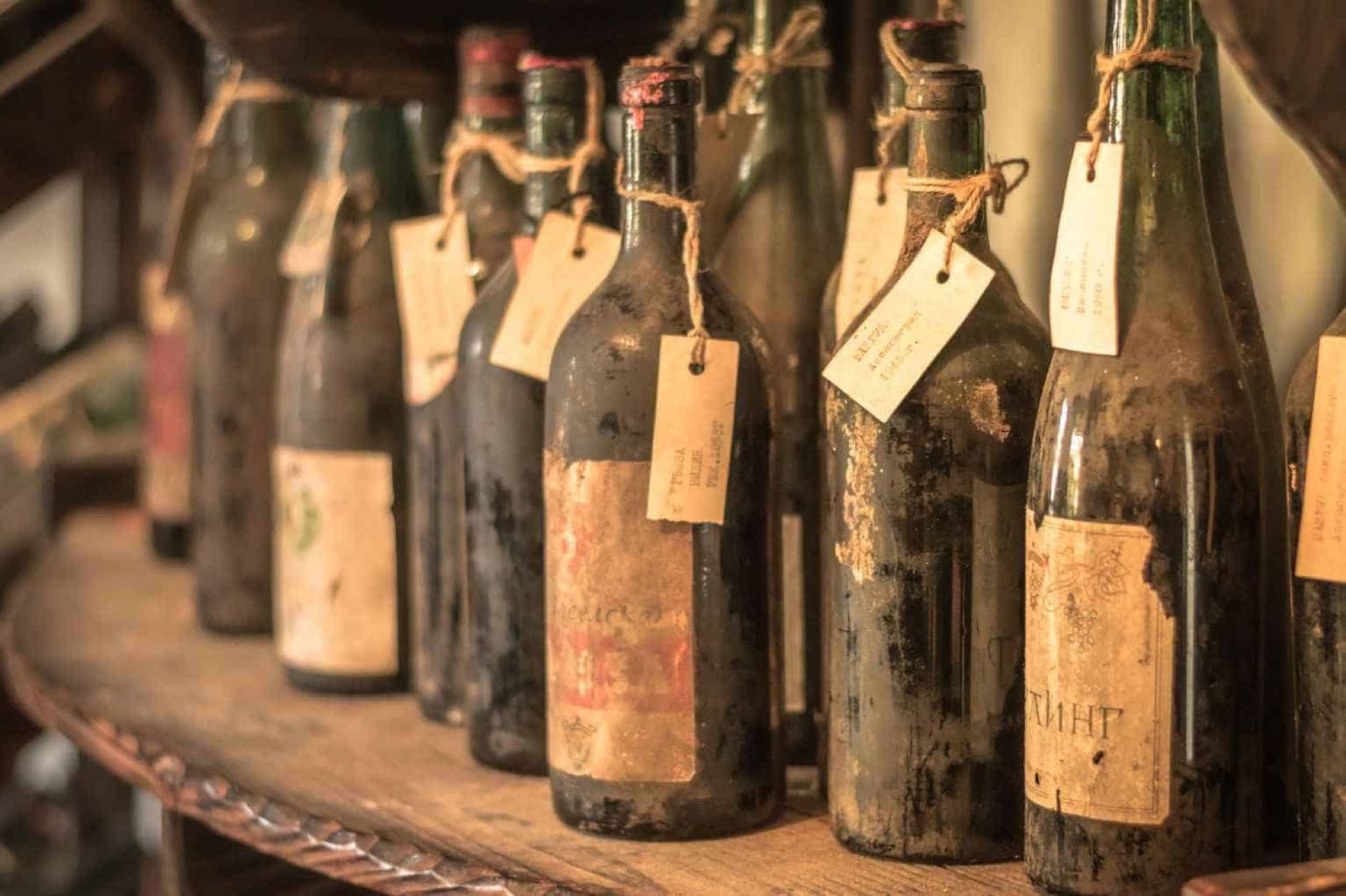
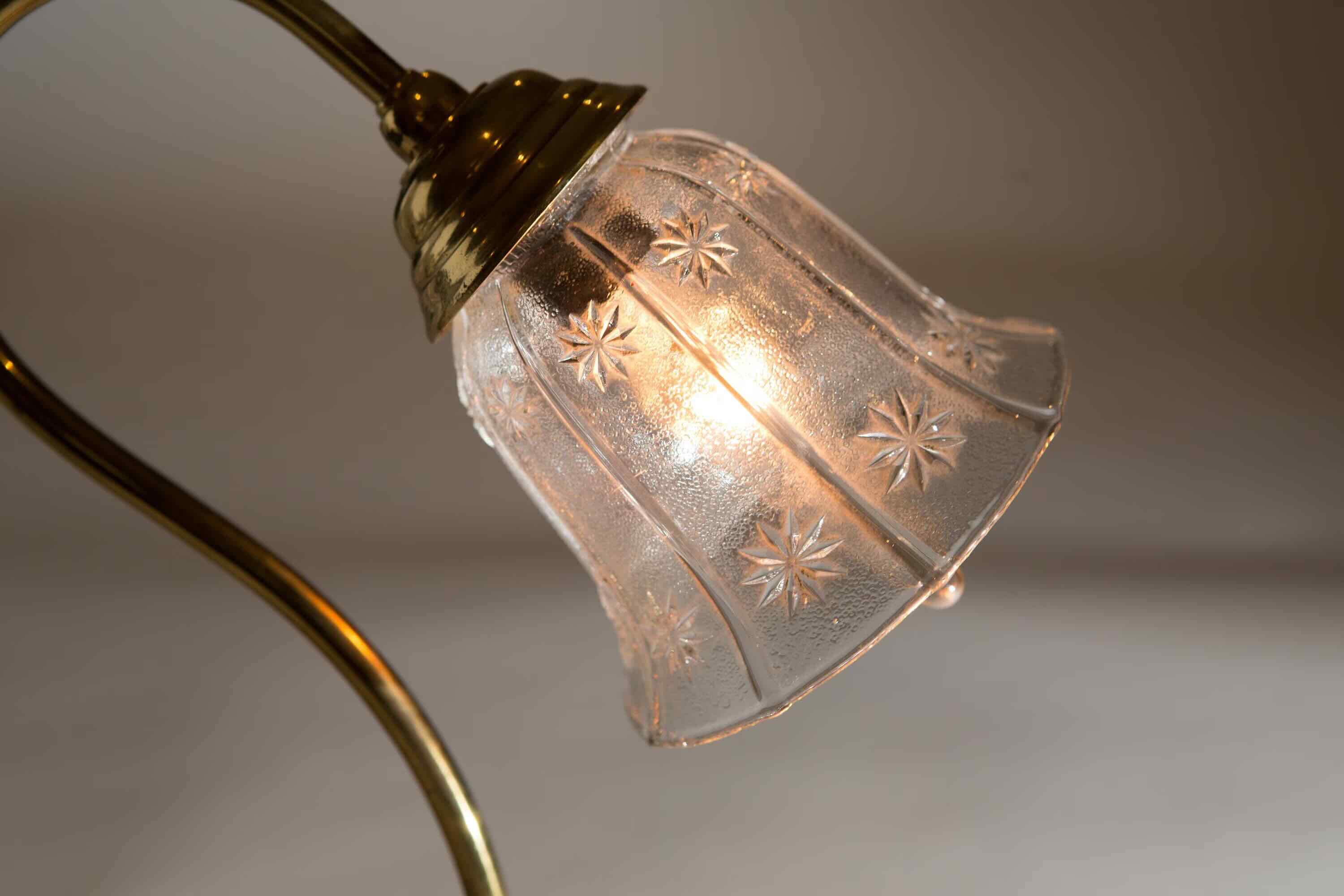



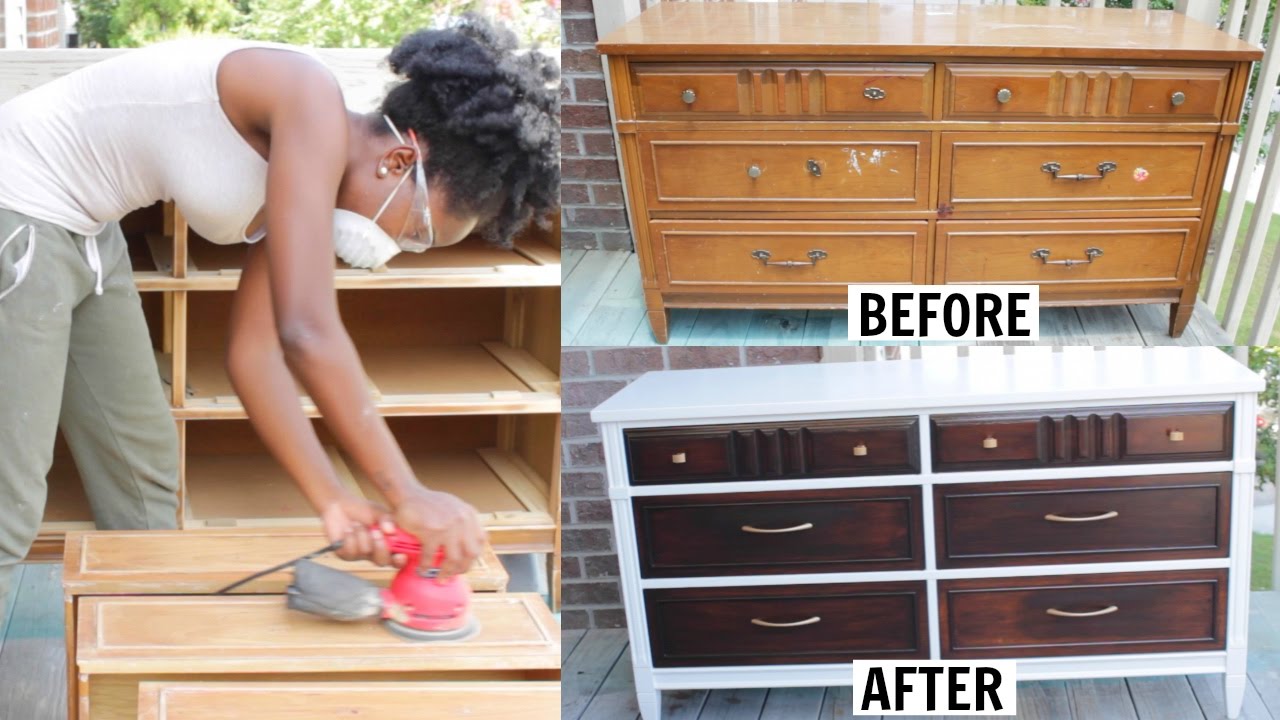

0 thoughts on “How Old Is Vintage Furniture”